Essential Steps for Fall Garden Prep to Guarantee a Blooming Spring
As the leaves begin to paint the landscape with warm hues, it’s time to turn our attention to our garden beds. Fall is the perfect season to lay the groundwork for a stunning spring display. By investing time and effort now, you’ll reap the rewards of a flourishing garden when winter’s chill gives way to spring’s warmth. Let’s explore the essential steps to prepare your garden beds for a spectacular spring bloom.
Start your next woodworking adventure with TedsWoodworking! Dive into 16,000+ projects and bring your ideas to life. Build unique furniture and master new skills with Ted’s detailed, step-by-step plans guiding you every step of the way.
1. Assess Your Garden’s Current State and Plan for Improvements
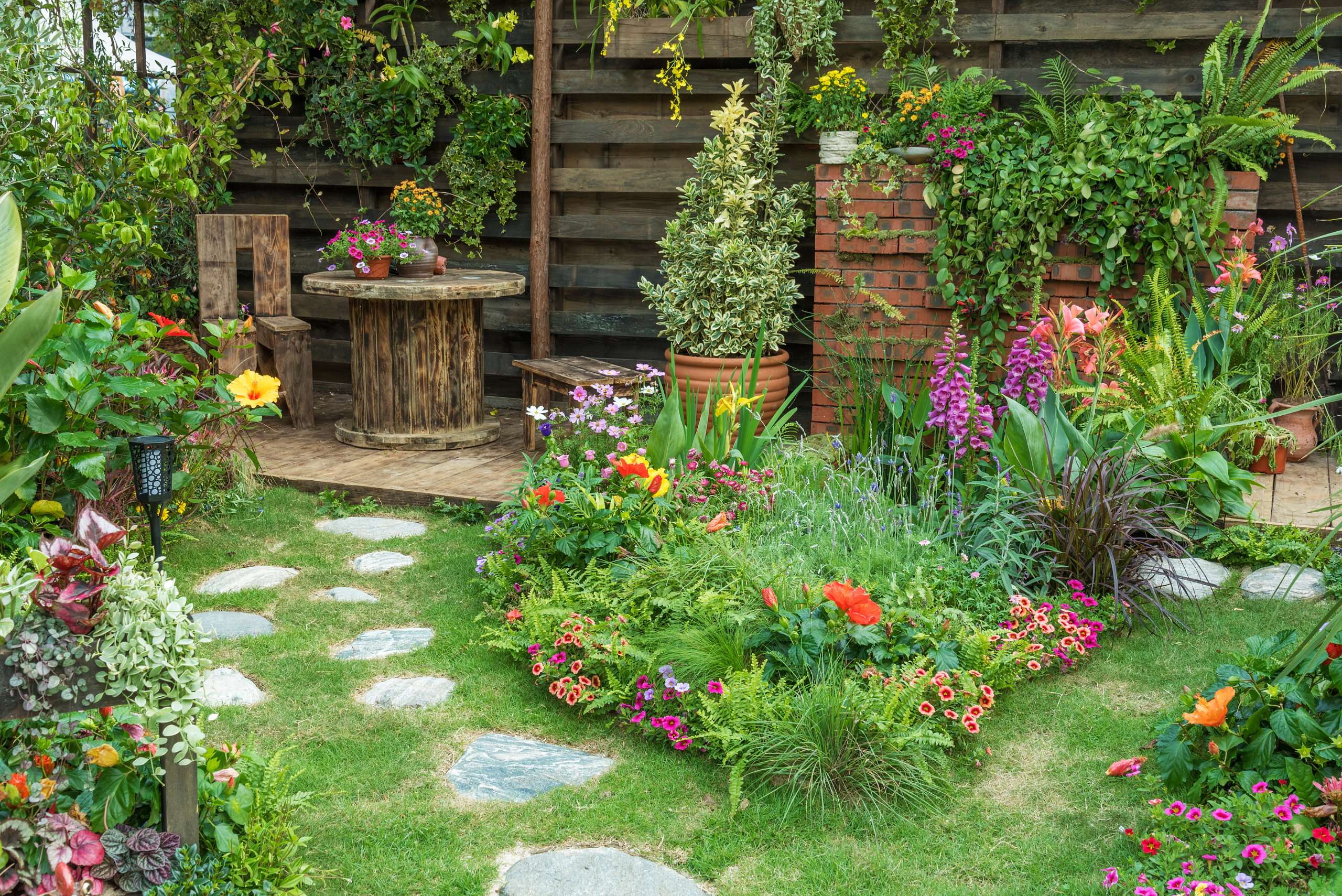
Before diving into fall preparations, take a moment to evaluate your garden’s performance over the past season. Walk through your garden and make notes of areas that thrived and those that struggled. Consider factors such as sunlight exposure, soil quality, and plant placement. This assessment will help you identify areas for improvement and guide your planning for the upcoming spring.
Use this information to create a rough sketch or plan for your spring garden. Research plants that are well-suited to your climate and garden conditions. Consider incorporating a mix of perennials, annuals, and bulbs to create a diverse and visually appealing landscape. Planning ahead will ensure you have a clear vision and can make informed decisions during your fall preparations.
2. Clear Out Debris and Remove Spent Plants for a Fresh Start
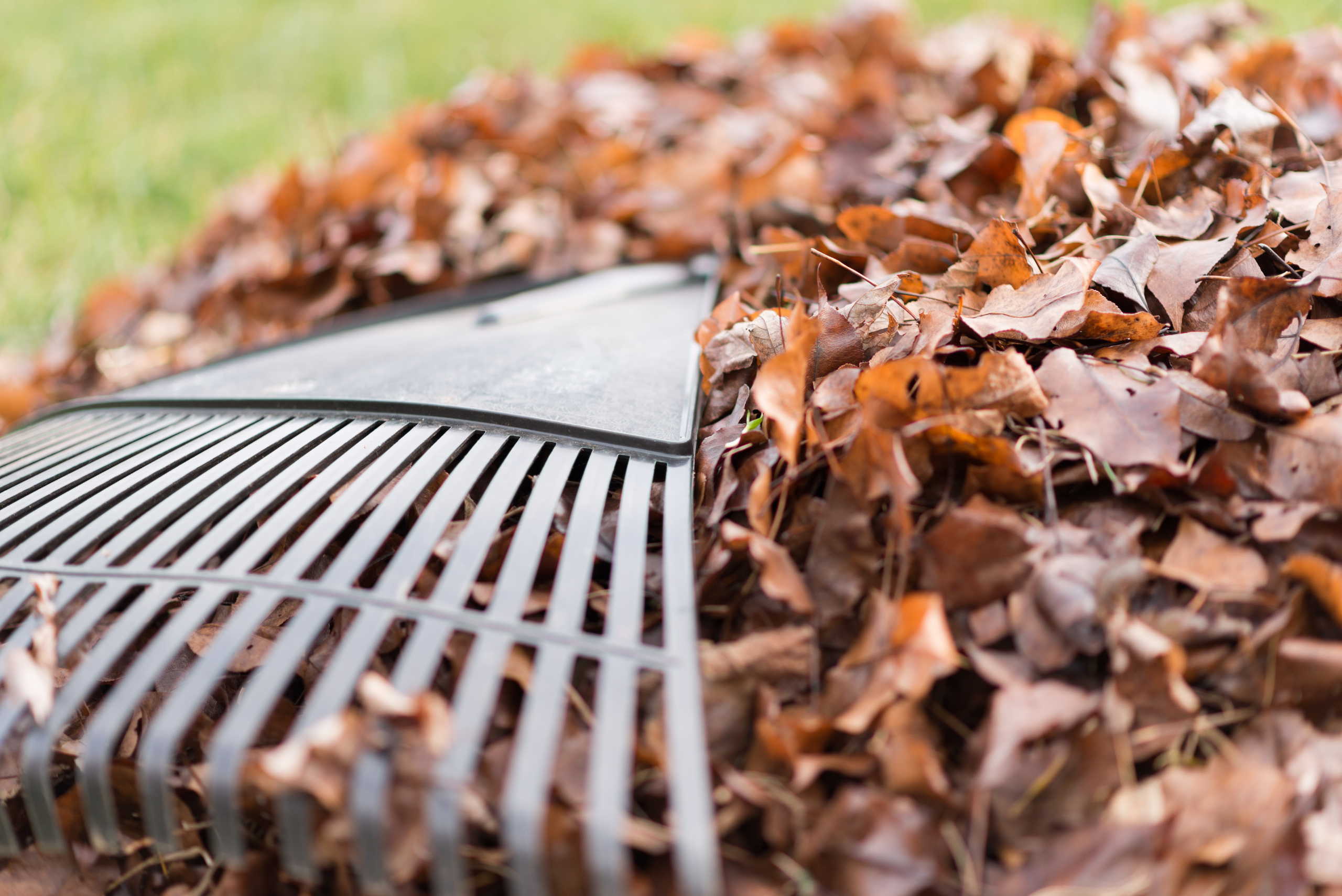
One of the first steps in preparing your garden beds for spring is to clear out any debris and remove spent plants. This process not only tidies up your garden but also helps prevent the spread of diseases and pests that may overwinter in plant debris. Start by removing any dead or diseased plants, fallen leaves, and other organic matter from your garden beds.
Be sure to dispose of diseased plant material properly, either by burning (if allowed in your area) or bagging and discarding it. Healthy plant material can be composted or used as mulch in other areas of your garden. Once your beds are cleared, take the opportunity to edge them neatly, creating clean lines that will enhance the overall appearance of your garden come spring.
3. Improve Soil Health Through Testing and Amendment Techniques
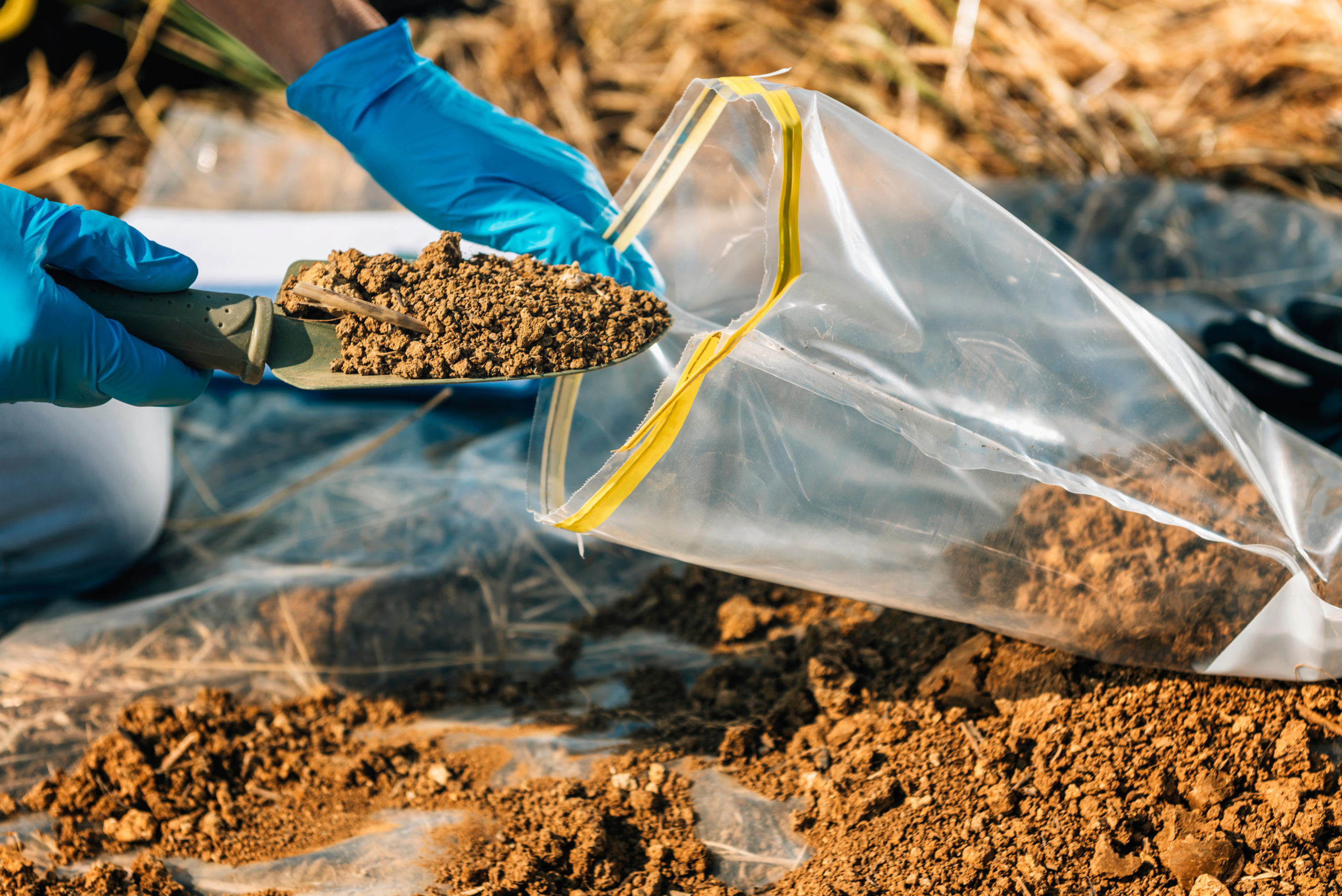
Healthy soil is the foundation of a thriving garden. Fall is an ideal time to test your soil and make necessary amendments. Start by collecting soil samples from various areas of your garden and sending them to a local extension office or garden center for analysis. The results will provide valuable information about your soil’s pH level and nutrient content.
Based on the test results, appropriate amendments should be added to improve soil health. This may include incorporating organic matter such as compost, well-rotted manure, or leaf mold to enhance soil structure and fertility. If your soil is too acidic or alkaline, you may need to add lime or sulfur to adjust the pH. Work these amendments into the top 6-8 inches of soil, allowing them time to integrate before spring planting.
4. Plant Spring-Blooming Bulbs and Hardy Perennials in Fall
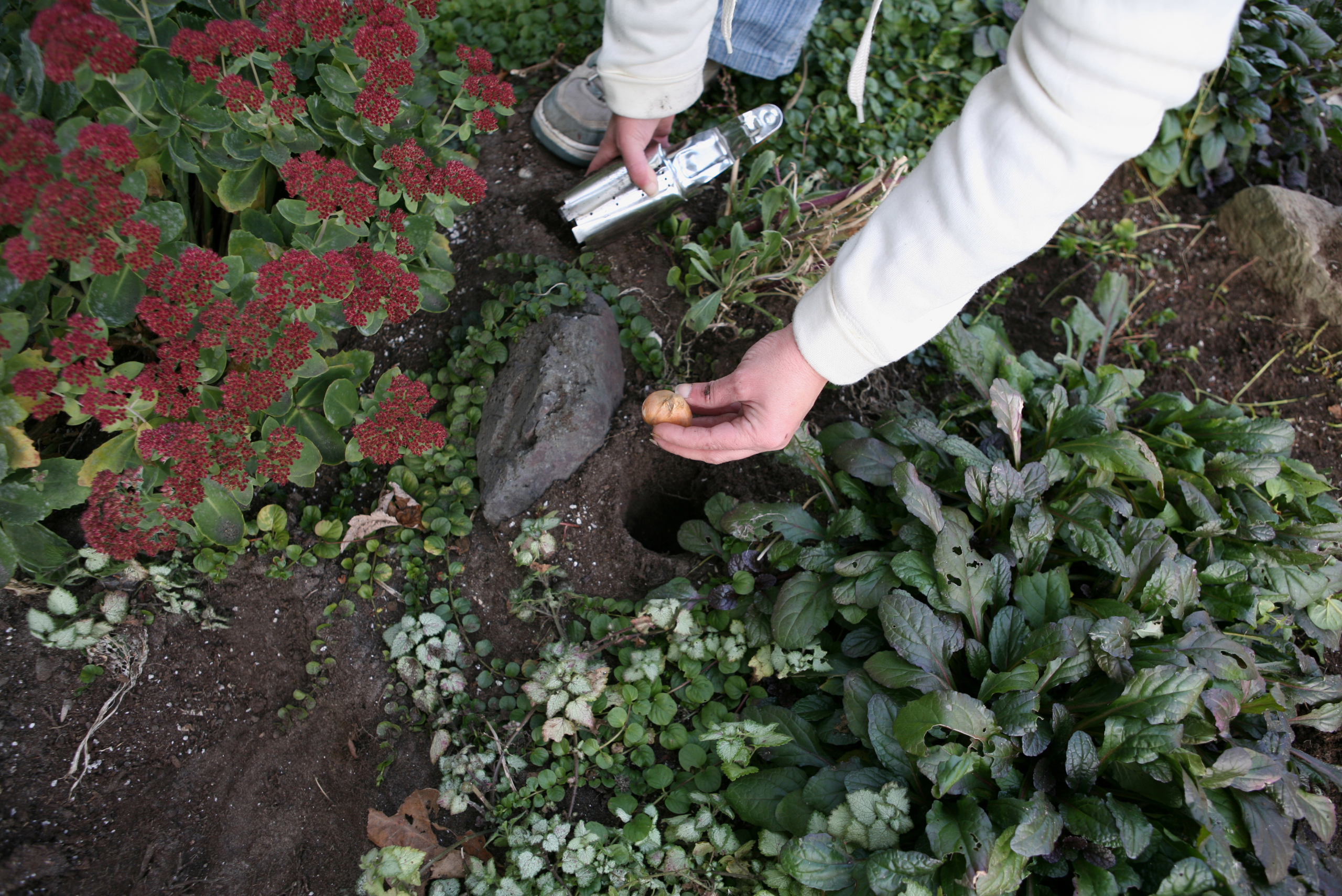
Fall is the perfect time to plant spring-blooming bulbs and hardy perennials. These plants will establish strong root systems during the cooler months, resulting in vigorous growth and beautiful blooms come spring. Choose a variety of bulbs, such as tulips, daffodils, crocuses, and hyacinths, to create a colorful display.
When planting bulbs, follow the recommended planting depths and spacing for each variety. Generally, larger bulbs should be planted deeper than smaller ones. For perennials, choose plants that are well-suited to your climate and garden conditions. Ensure they have enough time to establish roots before the first frost. Water newly planted bulbs and perennials thoroughly and apply a layer of mulch to protect them during winter.
5. Protect Your Garden Beds from Harsh Winter Conditions
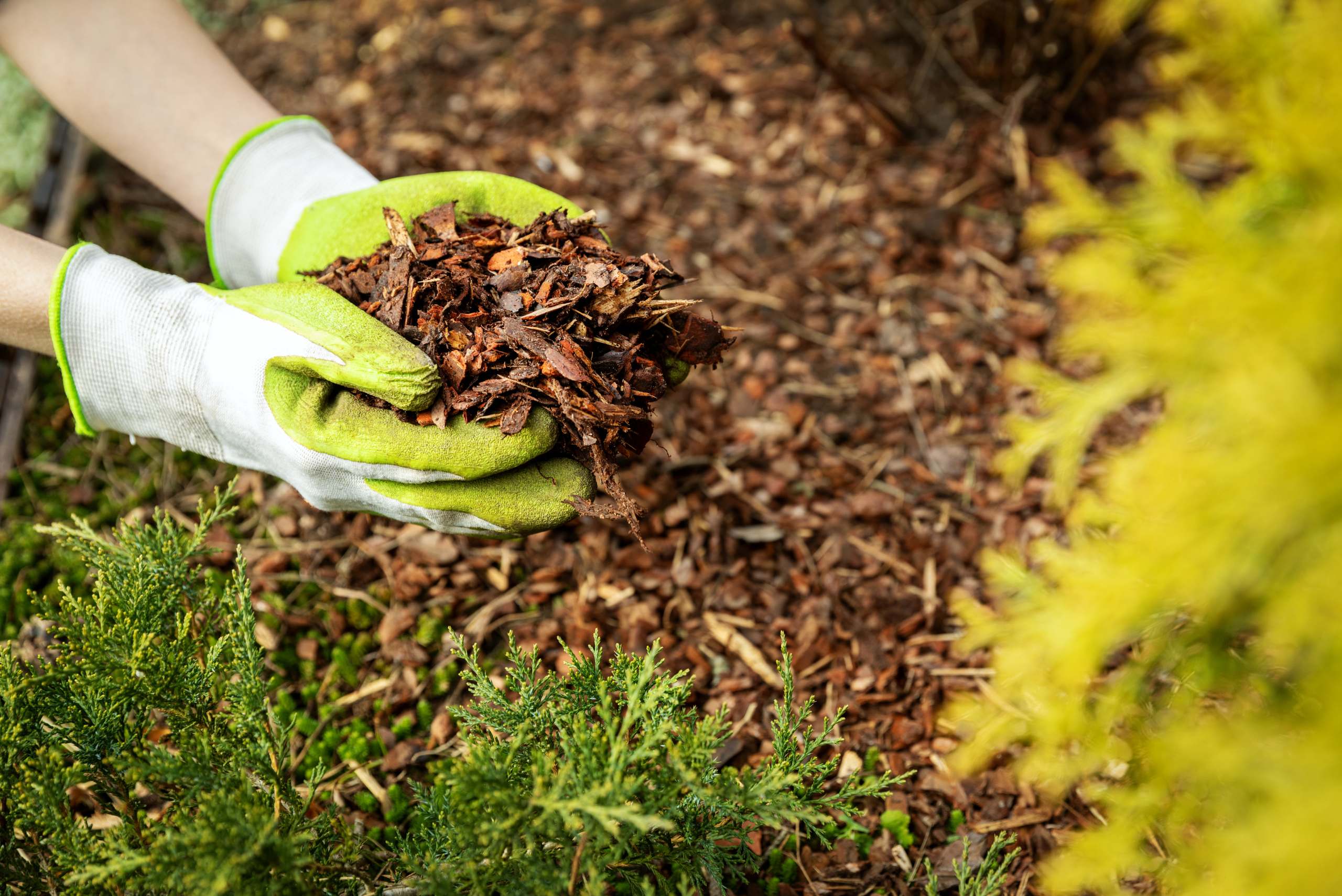
As winter approaches, it’s crucial to protect your garden beds from harsh weather conditions. Apply a 2-3 inch layer of organic mulch, such as shredded leaves, straw, or bark chips, around your plants and over bare soil. This mulch layer will help insulate plant roots, regulate soil temperature, and prevent erosion during winter storms.
Consider using frost cloths or row covers to protect tender perennials and newly planted areas from extreme cold. These materials can be easily draped over plants and secured with stakes or rocks. In areas with heavy snowfall, create protective structures around delicate shrubs and young trees to prevent damage from snow and ice accumulation.
6. Maintain Garden Tools and Equipment for Spring Readiness
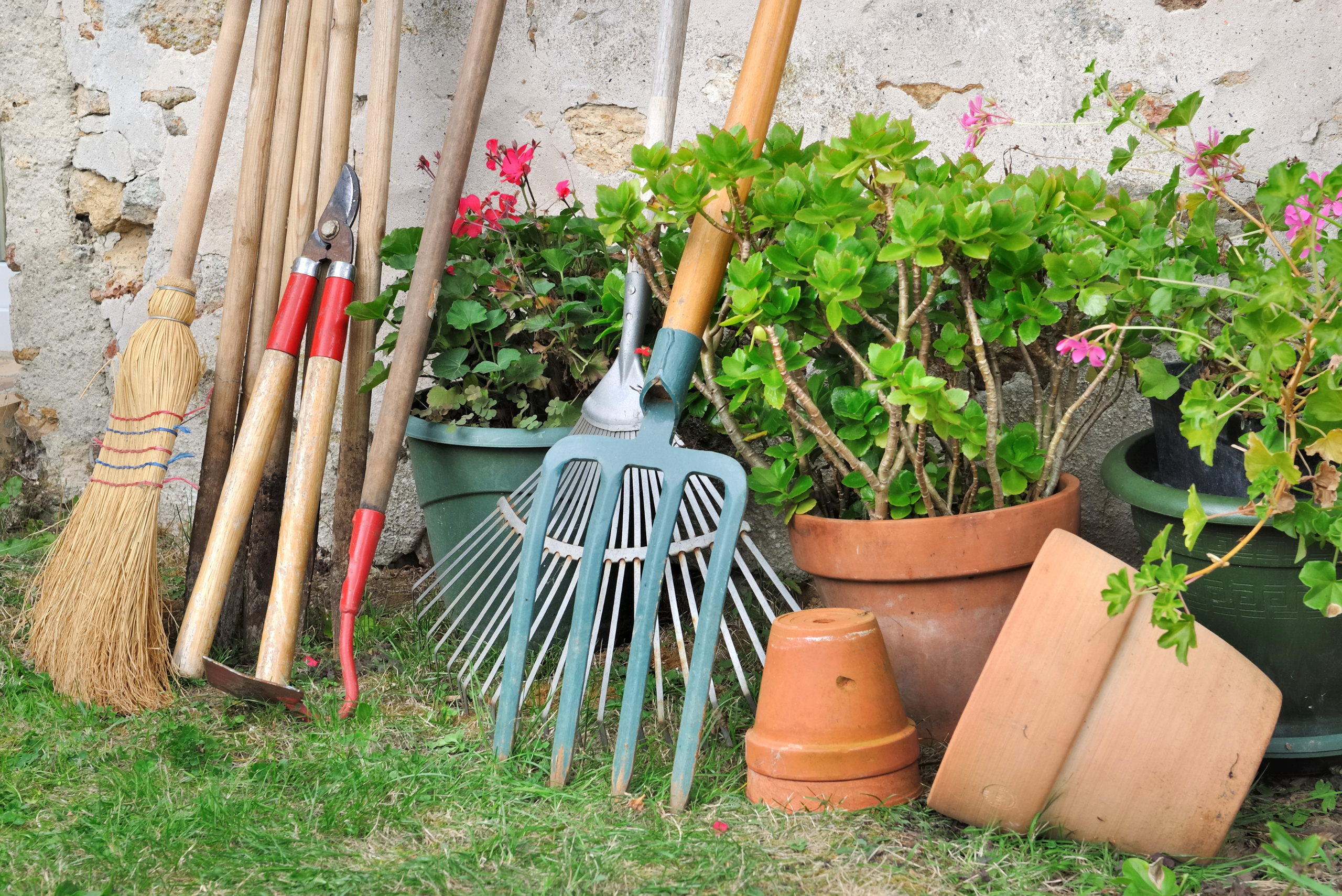
Fall is an excellent time to assess and maintain your gardening tools and equipment. Clean and sharpen pruning shears, shovels, and other tools to ensure they’re ready for spring use. Remove any rust and apply a light coat of oil to metal surfaces to prevent corrosion during winter storage.
Drain and store hoses properly to prevent freezing and cracking. Clean and inspect your lawnmower, trimmer, and other power equipment. Consider having them serviced if necessary. Proper tool maintenance will save you time and frustration when spring arrives, allowing you to focus on nurturing your garden back to life.
7. Create a Winter Garden Plan for Continuous Beauty and Interest
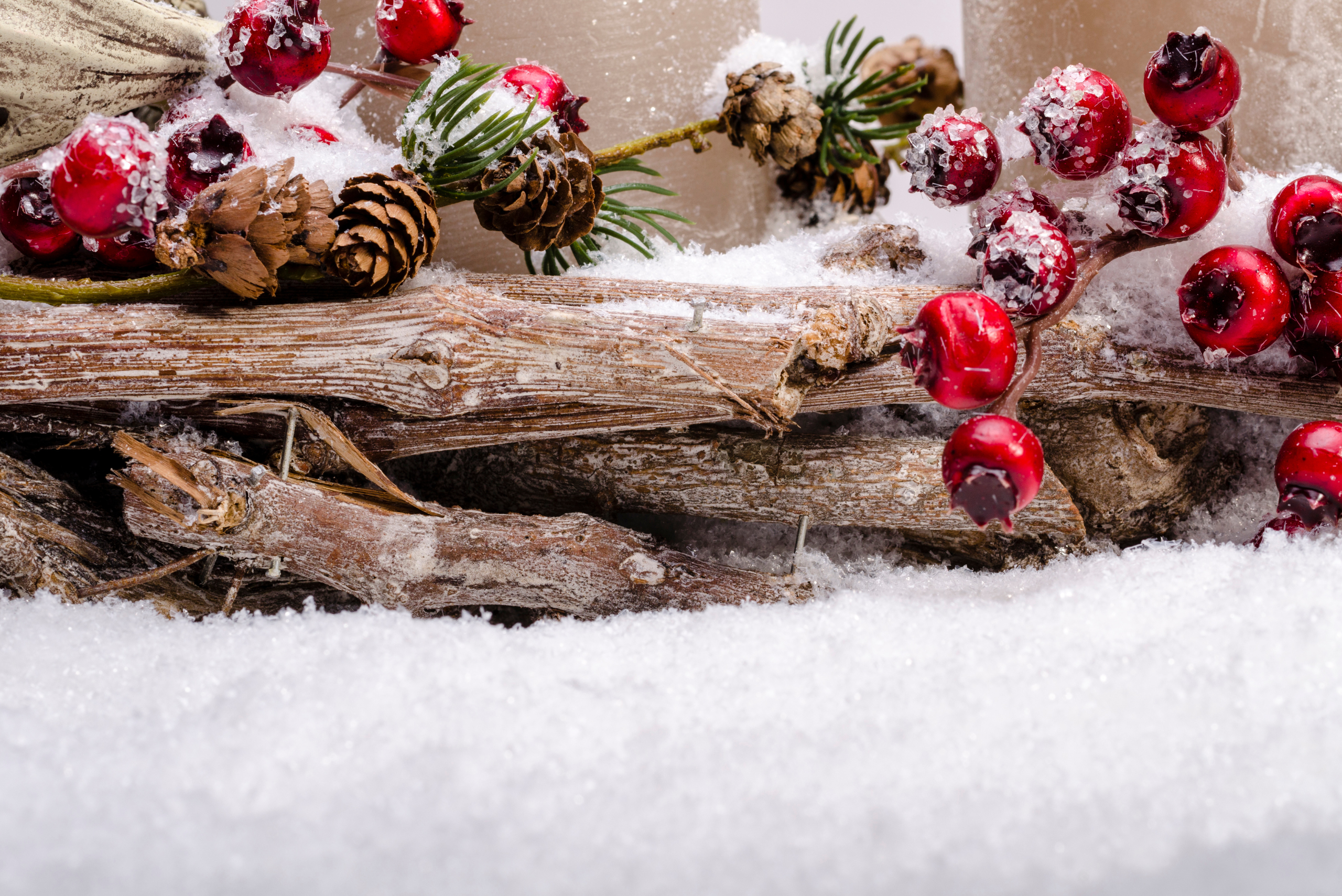
While preparing your garden for spring, don’t forget to consider its winter appearance. Incorporate plants with interesting bark, berries, or winter blooms to add visual interest during the colder months. Evergreen shrubs and trees can provide structure and color throughout the year.
Consider leaving some perennials with attractive seed heads standing through winter. These not only add visual interest but also provide food and shelter for birds and other wildlife. Plan for winter containers filled with hardy plants or create decorative arrangements using branches, pinecones, and other natural materials to keep your garden looking lively even in the depths of winter.
Related Articles
- 7 Creative Ways to Repurpose Fallen Leaves
- 9 Fall Cocktail Recipes To Add Some Spice to Your Week
- Six Ways Cinnamon Can Support Your Plants’ Growth to Enhance Your Garden
By following these fall garden bed preparation techniques, you’ll set the stage for a spectacular spring bloom. Remember that gardening is an ongoing process, and each season brings its own set of tasks and rewards. Embrace the rhythm of nature and enjoy the satisfaction of nurturing your garden through the changing seasons. With proper planning and care, your spring garden will burst forth with vibrant colors and lush growth, a testament to your autumn efforts and a celebration of nature’s resilience.
Ready to start your next project? Join our DIY community to receive tool tips, how-to guides, and exclusive creative insights. Subscribe to the ManMadeDIY newsletter now! Click here to unlock a world of hands-on inspiration.









